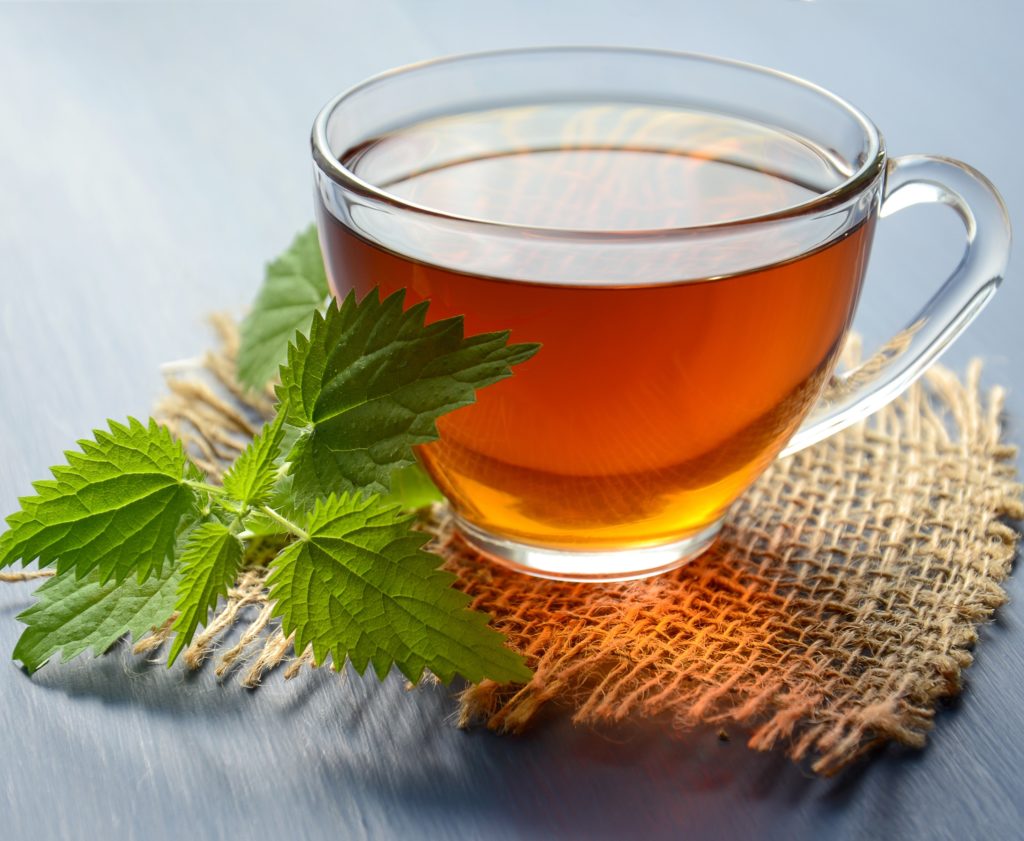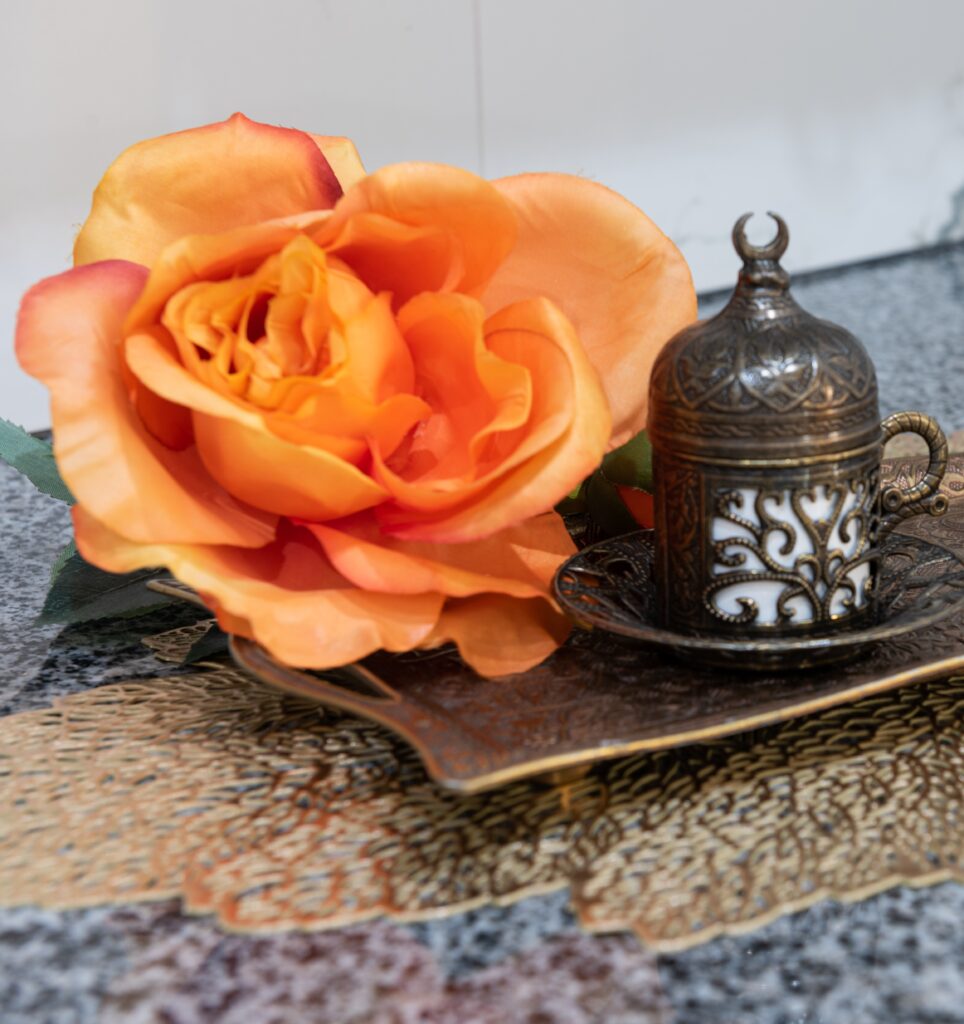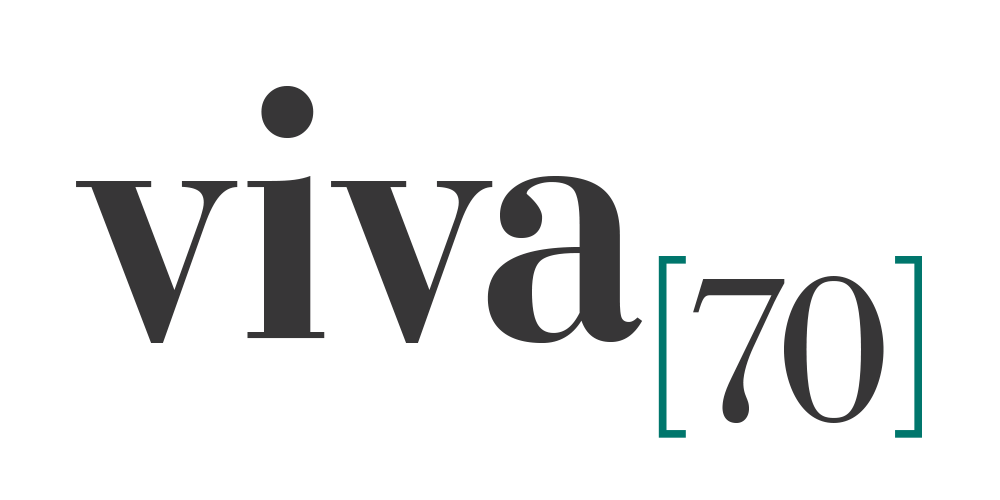
Let’s talk heart health.
It is estimated that over 5% of the Australian population had a condition related to heart disease in 2017/18 (i.e. stroke, coronary heart disease, heart failure.) There were more than 1.2m hospitalisations for coronary illness in 2017/18, that’s 11% of all hospitalisations. Indigenous Australians have heart disease hospitalisation rate and death rates over 50% higher than non – indigenous Australians. More than 1 in 4 deaths were due to heart disease in 2018.
(Statistics published by the Australian Institute of Health and Welfare)
Julia Richards sent through this fascinating article about heart health and a reminder that we need to think seriously about this aspect of our wellbeing. As well as sound advice on nutrition for heart health I really like the section on emotional heart health which is sometimes ignored. Here’s her excellent article.
A healthy, happy heart is key to our overall wellbeing. It’s something we should be constantly conscious about whether we have an existing heart condition or not, are older or younger because heart disease is often called the silent killer. Many people don’t know they have it as symptoms are not always obvious, especially in women. As a Medical Herbalist I am passionate about helping people keep their vital organs healthy. I’m a strong believer in prevention. Numerous studies across various countries have found that changing diet and lifestyle can prevent at least 90 percent of all heart disease. That’s why I love the American Heart Foundation’s GO RED acronym. It’s a reminder about what we need to do to keep our heart in good condition. Holistically, I also like to help people consider physical and emotional strategies for a healthy heart.
GET YOUR NUMBERS: Check blood pressure and cholesterol regularly
OWN YOUR LIFESTYLE: Eat nutritiously and move daily. If needed, reduce weight, alcohol and stop smoking
REALISE YOUR RISK: Address any risk factors
EDUCATE YOUR FAMILY: Get the whole family eating well and exercising
DON’T BE SILENT: Tell others to check their numbers and reduce risk
Physical heart health
As well as GO RED, further things you can do for your physical heart health include:
Make vegetables and fruit the main part of you daily diet
The good ol ‘5 day’ is now outdated due to worldwide soil depletion and pollution. We actually need more like 8-10 a day! Focus on including daily:
Lots of green vegetables which are anti inflammatory to lower cardiovascular risk. Green leafy vegetables are also high in folate, which lowers homocysteine (high levels in the blood can damage the lining of the arteries, make the blood clot more and increase the risk of blood vessel blockages) and blood pressure.
Vegetables with high nitrate levels because your saliva turns this into nitrites used to make nitric oxide, which dilates the blood vessels thus lowering blood pressure. Examples are dark green leafy vegetables, celery, lettuce, spinach, and radishes.

Fresh garlic and onions as the sulphur improves circulation preventing blood clots and the quercetin (also in chillies and capsicums) helps lower cholesterol.
Berries, cherries and pomegranates as they contain anthocyanins and flavonoids (which are antioxidants). These can help lower blood pressure, dilate blood vessels and prevent hardening of the arteries.
Citrus fruits as the flavonoids and Vitamin C reduce the risk of heart disease. Caution: If you take a statin, grapefruit may interact with it so seek medical advice.
Apples as they contain a range of antioxidant properties which can help lower cholesterol.
Eat healthy fats
Omega-3 fatty acids reduce the risk of heart problems as they are anti inflammatory and lower cholesterol. Good sources include: fish (salmon, sardines, herring, mackerel, sea bass); seaweed; avocados; oils (specifically olive); nuts; seeds; and legumes (especially kidney beans and chickpeas).
Eat foods with magnesium, potassium and calcium
Magnesium helps relax blood vessels and may lower blood pressure for those with mild hypertension. Good sources of magnesium are cooked spinach, pumpkin seeds and banana.
Potassium helps maintain a normal heart rhythm. Good sources include bananas, oranges, melon, apricots, grapefruit, dried prunes, raisins, and dates, cooked spinach, cooked broccoli, potatoes, sweet potatoes, mushrooms, peas, cucumbers, courgettes, butternut squash and leafy greens.
Calcium regulates muscle contraction, including heart beats. It also regulates blood pressure and is necessary for blood clotting. Good sources include green broccoli, cabbage, soya beans, tofu, soy and nut milks with added calcium and fish with bones.
Aim to keep your blood sugar levels balanced
This means each meal should contain a form of protein, (meat, fish, chicken, beans, legumes, nuts or seeds) a healthy fat and healthy complex carbohydrates (peas, beans, whole grains and vegetables). Don’t eat carbohydrates alone. Avoid processed sugars with carbohydrates.
Drink heart healthy teas
Green tea – studies have found that four or more cups of green tea per day can reduce the risk of cardiovascular disease and stroke by 20% due to the antioxidant catechins.
Hawthorn – reduces blood pressure by dilating blood vessels, lowers cholesterol, is an antioxidant and anti inflammatory.
Hibiscus – helps maintain healthy cholesterol levels that are already in the normal range.
For stress lowering teas, consider Lemon balm, chamomile, lavender, skullcap and passionflower.
Note: to be therapeutic you need to drink 2-3 cups of the tea per day and check with an herbalist or your doctor for any interactions with your current medication or conditions.

Stay hydrated
Lack of water causes an increase in sodium levels inside the cells thereby raising blood pressure.
Use the Omni calculator to find your total water values per day, that is, water from food and drink. Or as a quick rule of thumb you should aim for 35 ml of water per Kg of body weight per day. For example, if you weigh 90Kg you should be drinking at least 35 X 90 = 3150ml or around 3 Litres.
Move your body daily
This doesn’t have to be extensive or exhausting, even housework counts. If you sit at a desk all day, try to go for a walk at lunch time, even if it’s just a around the building and take the stairs when you can. Simple walking helps lower blood pressure, strengthen muscles and control your weight.
Get some sunlight
Sun light helps keep the heart healthy. Sun exposure increases nitric oxide levels which relax arteries. The Vitamin D from sun is also anti inflammatory. The UV rays stimulate keratinocytes (cells in our skin) to produce beta-endorphins which reduce stress.
Things to avoid or minimize
Smoking – damages your blood vessels, reduces the amount of oxygen in your blood, makes your heart beat faster and raises blood pressure.
Hydrogenated fat found in margarine, shortening, processed oils, many baked goods and processed foods like biscuits and chips which raise cholesterol.
Alcohol – reducing or eliminating alcohol will help keep inflammation low and balance blood sugar.
Added sodium from processed foods, ready-made meals and table salt can lead to water retention and cause your heart to work harder. This leads to swollen legs, ankles and feet and shortness of breath.
Being conscious of adding the above foods and factors into your daily life will help keep your physical heart healthy. If you already have a heart condition, herbal medicine and nutrition can help and work in harmony with your orthodox medication.

Emotional heart health
There can also be underlying emotional aspects to your heart health. Stress, anxiety, depression, loss, grief, anger, frustration, boredom, lack of enthusiasm and other emotions can all impact your heart. The hormone cortisol is released when we are under stress. This fight or flight hormone makes our heart beat faster, increases blood pressure and releases sugar into the blood stream. Constant release of cortisol can damage to heart and blood vessels. Types of therapies to explore for emotional heart health include:
Flower / shell / gem essences
These work on the principle of vibrational energy and stimulate the body’s natural capacity to bring itself back to homeostasis or balance. They are usually made by floating the item in a bowl of spring water and leaving it in full sunshine for a few hours. The water then has the energy signature or life force of the item. This water is then preserved in a solution of brandy and diluted to make stock bottles.
Find out more information on: Flower essences through my practicing clinic’s sister site Yorkshire Flower Essences or at Australian Bush Flower Essences; Shell essences here; and Gem essences here – this site also outlines many other types of vibrational essences too.
Therapies that improve the flow of energy through your mind and body include
Mindfulness and meditation
These practices can help you with your emotions and as a result often help reduce high blood pressure. In addition, they help you get better quality sleep and help you feel more balanced. This all adds up to lowering your risk of heart disease. See here for a good explanation of the differences between the two practices and how to steps for each.
Hypnotherapy
Through guided visualisation, hypnotherapy can help reduce high pressure and manage pain associated with some heart disease conditions. It can also help you manage your emotions. Find a qualified hypnotherapist here.
Reiki, Bowen and Reflexology
These therapies can help improve circulation for heart health, manage pain and emotions. Find a Reiki therapist here, a Bowen therapist here and a Reflexologist here.
Acupuncture
Helps blood circulation throughout the body and specifically the heart. Also, through the mechanism of homeostasis, it brings the body back into a state of balance. Find a registered practitioner here.
Qi gong
The practice of working with vital life force through gentle breathing, stretching and meditative exercises. It revitalises body, mind, heart and spirit and brings all these aspects into harmony with the universe. Find online classes here.
Polarity therapy
Developed by chiropractor and osteopath Randolph Stone, it involves balancing the flow of energy in the body to improve or maintain health. Find a therapist here.
Grounding
Grounding or earthing is a therapeutic technique that involves electrically reconnecting you to the earth. An article in the Journal of Alternative and Complementary Medicine concluded that grounding increases the surface charge on red blood cells and thereby reduces blood viscosity and clumping. It helps reduce cardiovascular risk and cardiovascular events. See here for more information and how to do it.
Or take up a hobby that relaxes you such knitting, model building, baking or doing a jig saw. Consider implementing a ritual into your daily routine, such as a morning stretch sequence, 10 mins of quiet to sip a tea after lunch, or a wind – down routine at night.
Always seek qualified practitioners and always check with your doctor before undertaking new therapies.

Julia Richards is a qualified Medical Herbalist and Director of Enhance One Limited, a consultancy passionate about helping individuals, groups, families, communities and organisations be the best they can be physically, mentally and emotionally. To achieve this, Julia uses a holistic approach to help you enhance yourself by drawing on her experience and studies in personal development, life coaching, aromatherapy, nutrition, herbal medicine and other wellbeing techniques. Julia helps you design a wellbeing plan that is unique to you and works in a complementary way with your doctor or any other therapist you are seeing to help you make improvements in your health. Julia offers individual consultations and group workshops.
Feature Image with thanks Ashley Williams
